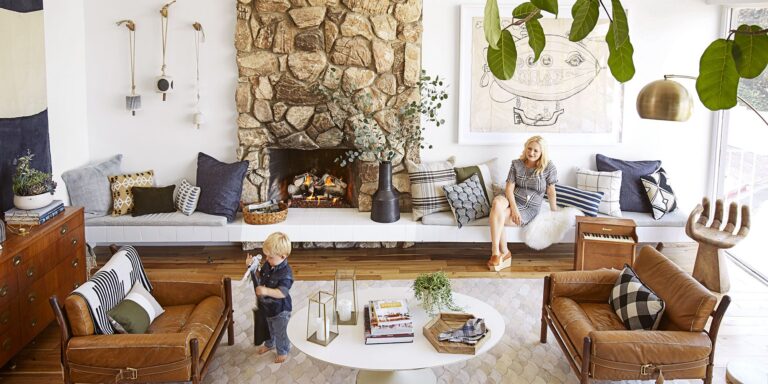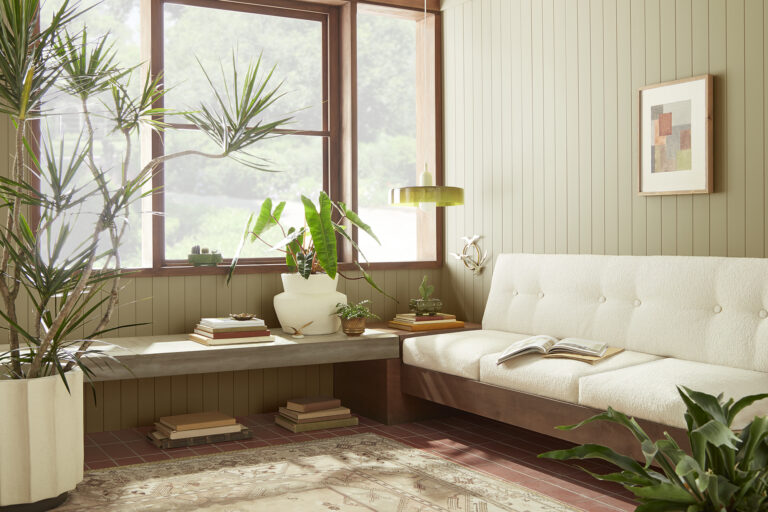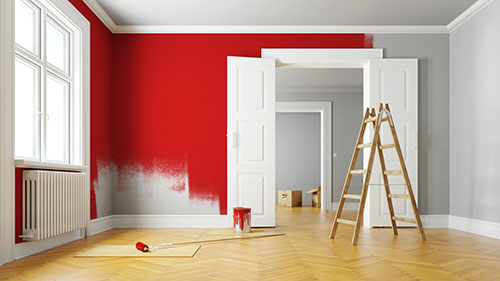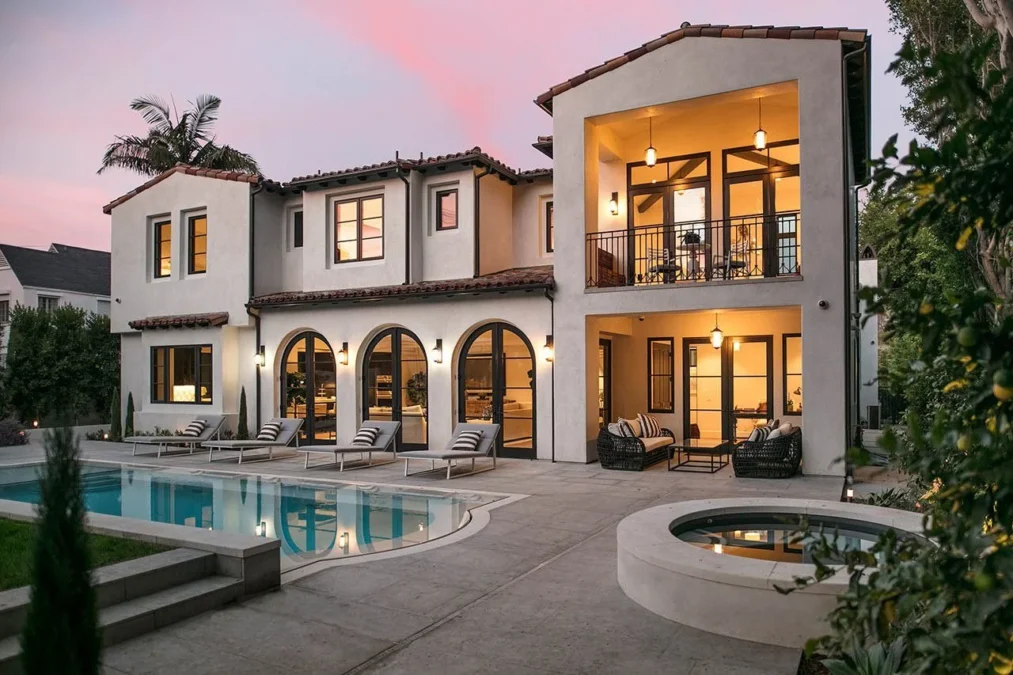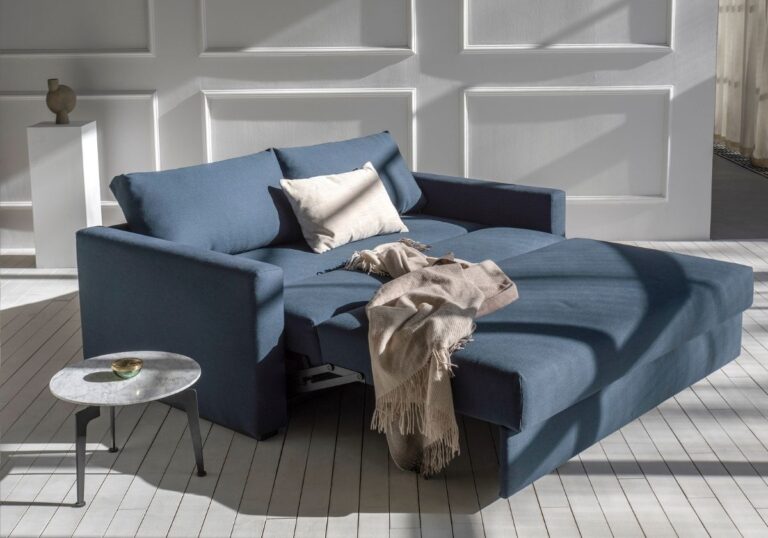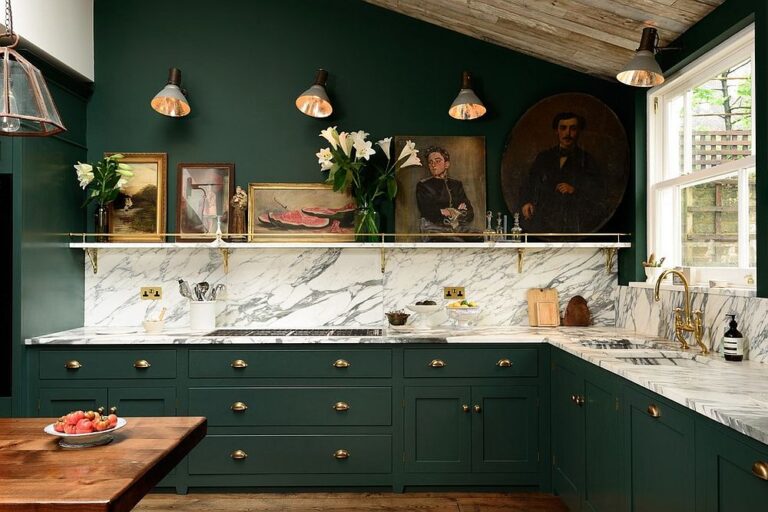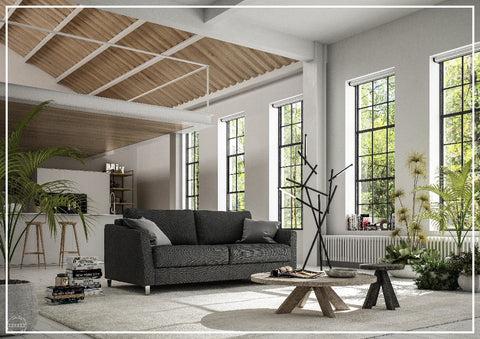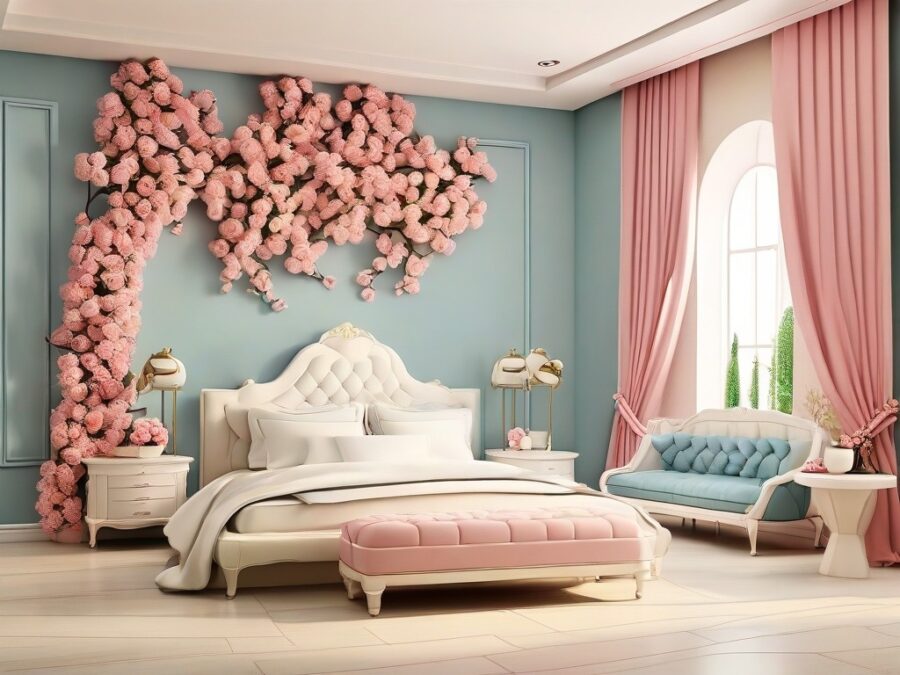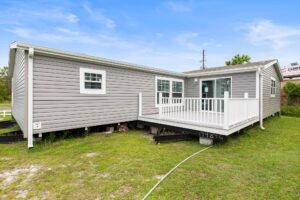Under the golden hues of a setting sun, the grand façade of Villa Esperanza stood majestically against the backdrop of rolling hills and olive groves. The air was thick with the scent of blooming jasmine, and the soft melody of a distant guitar serenaded the evening. As the sun dipped below the horizon, the mansion’s ornate windows began to glow, reflecting centuries of history and the dreams of those who once walked its expansive halls. This was not just a home but a testament to Spanish heritage, artistry, and the timeless allure of grandeur.
The Architectural Splendor of Spanish Mansions
spanish mansion often called “casas señoriales,” are renowned for their distinctive architectural styles that blend Moorish, Renaissance, and Baroque influences. These estates typically feature stucco walls, terracotta roof tiles, intricate ironwork, and lush courtyards adorned with fountains and gardens. One of the most iconic elements is the arcade, a series of arches that provide aesthetic appeal and practical shade, essential in Spain’s warm climate.
According to the Spanish Ministry of Culture, over 15,000 historic mansions are scattered across Spain, each with its unique story and architectural nuances (Ministerio de Cultura, 2023). These estates range from medieval fortresses to elegant Renaissance palaces, showcasing the diverse influences shaping Spanish architecture over the centuries.
Historical Significance and Heritage
The origins of Spanish mansions can be traced back to the Middle Ages when noble families built fortified homes to assert their power and protect their lands. Over time, as Spain experienced periods of peace and prosperity, these structures evolved into more sophisticated residences that emphasized comfort and aesthetics.
Spanish architecture flourished during the Golden Age (Siglo de Oro) in the 16th and 17th centuries, and many mansions were constructed or renovated to reflect the era’s artistic achievements. The use of plateresque style, characterized by elaborate decorations and intricate stone carvings, became prevalent. These mansions often served as social and political life centers, hosting grand fiestas and gatherings that reinforced familial alliances and social hierarchies.
Modern-Day Spanish Mansions: A Blend of Tradition and Luxury
Today, Spanish mansions have transcended their historical roles, becoming symbols of luxury and exclusivity. Many have been meticulously restored to preserve their historical integrity while incorporating modern amenities to meet contemporary living standards. High-end features like state-of-the-art kitchens, spa-like bathrooms, and private cinemas coexist with traditional elements like hand-painted tiles and antique furnishings.
The global demand for Spanish-style homes has surged, particularly in regions like Florida, California, and New York, where affluent buyers seek the elegance and charm of Spanish architecture. According to a report by Knight Frank, properties inspired by Spanish designs have seen a 12% increase in value over the past five years, driven by their timeless appeal and the enduring legacy of Spanish craftsmanship (Knight Frank, 2023).
The Economics of Owning a Spanish Mansion
Investing in a Spanish mansion is not just about acquiring a beautiful property but also a strategic financial decision. The real estate market for luxury estates in Spain remains robust, with cities like Madrid, Barcelona, and Seville leading the charge. The average price for a historic mansion in these cities ranges from €2 million to €10 million, depending on location, size, and historical significance (Idealista, 2023).
Beyond Spain, Spanish-inspired mansions command premium prices in international markets. In the United States, the Napa Valley region, known for its vineyards and scenic beauty, boasts several Spanish-style estates that attract wealthy buyers seeking a blend of elegance and tranquility. The Zillow Luxury Index reported that Spanish-inspired properties in Napa Valley have appreciated by 8% annually over the past decade, outpacing many other luxury home styles (Zillow, 2023).
Sustainability and Preservation Efforts
Preserving Spanish mansions is not only about maintaining architectural beauty but also about embracing sustainable practices. Many estate owners are now integrating eco-friendly technologies to reduce their environmental footprint while preserving historical integrity. Solar panels, rainwater harvesting systems, and energy-efficient lighting are becoming commonplace in renovated mansions.
The Spanish Heritage Preservation Society has been instrumental in promoting sustainable restoration practices. Their recent initiative, “Green Heritage,” encourages using renewable energy sources and sustainable materials to restore historic properties. As a result, over 500 mansions have been retrofitted with green technologies, significantly reducing their carbon emissions without compromising their aesthetic value (Spanish Heritage Preservation Society, 2023).
Cultural Impact and Tourism
Spanish mansions are pivotal in the country’s cultural landscape and tourism industry. Many of these estates have been converted into luxury hotels, museums, and event venues, attracting millions of yearly visitors. The Alhambra in Granada and the Royal Palace in Madrid are prime examples of historic mansions serving as significant tourist attractions, drawing enthusiasts of architecture, history, and culture worldwide.
The tourism sector benefits significantly from the allure of Spanish mansions. According to the World Tourism Organization, heritage tourism, which includes visits to historic estates, accounts for approximately 20% of Spain’s total tourism revenue, translating to over €30 billion annually (UNWTO, 2023). This economic contribution underscores the importance of preserving and promoting these architectural gems.
Notable Spanish Mansions Around the World
While Spain is home to countless historic mansions, its architectural influence can be seen globally. Iconic Spanish-style estates in the United States, such as the Hearst Castle in California and the Biltmore Estate in North Carolina, showcase the grandeur and elegance synonymous with Spanish mansions.
Hearst Castle, built by newspaper magnate William Randolph Hearst, features over 60,000 square feet of opulent living spaces, including grand halls, lavish gardens, and stunning art collections. Similarly, the Biltmore Estate, commissioned by George Washington Vanderbilt II, is the largest privately-owned home in the United States, spanning 175,000 square feet with extensive gardens and vineyards.
These estates serve as tourist attractions and cultural landmarks that celebrate the enduring legacy of Spanish architectural excellence.
The Future of Spanish Mansions
As the world evolves, so does the concept of the Spanish mansion. Future developments will likely emphasize a harmonious balance between preserving historical authenticity and embracing modern innovations. Smart home technologies, sustainable materials, and adaptive reuse strategies will ensure that Spanish mansions remain relevant and cherished for generations.
Moreover, the increasing interest in heritage conservation and cultural tourism suggests that Spanish mansions will continue to be valued as private residences and integral components of global cultural heritage. Collaborative efforts between governments, private owners, and international organizations will be essential in safeguarding these architectural treasures.
Conclusion
The story of the Spanish mansion is one of timeless beauty, cultural richness, and enduring legacy. From the storied halls of medieval estates to the luxurious residences of today, these mansions embody the spirit of Spain’s artistic and architectural heritage. As custodians of history and symbols of elegance, Spanish mansions continue to captivate the imagination of people worldwide, inviting them to experience a piece of Spain’s enchanting grandeur.


